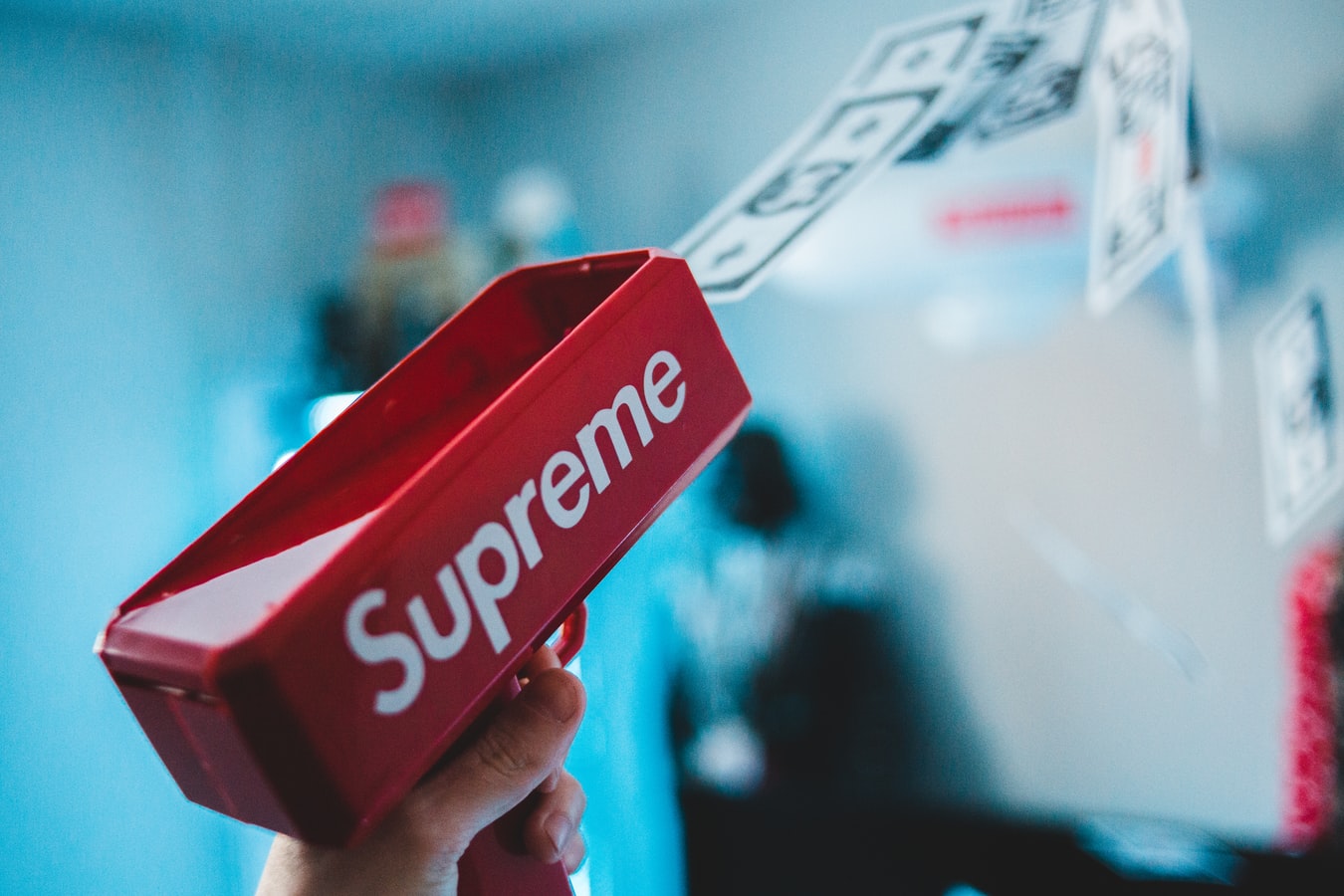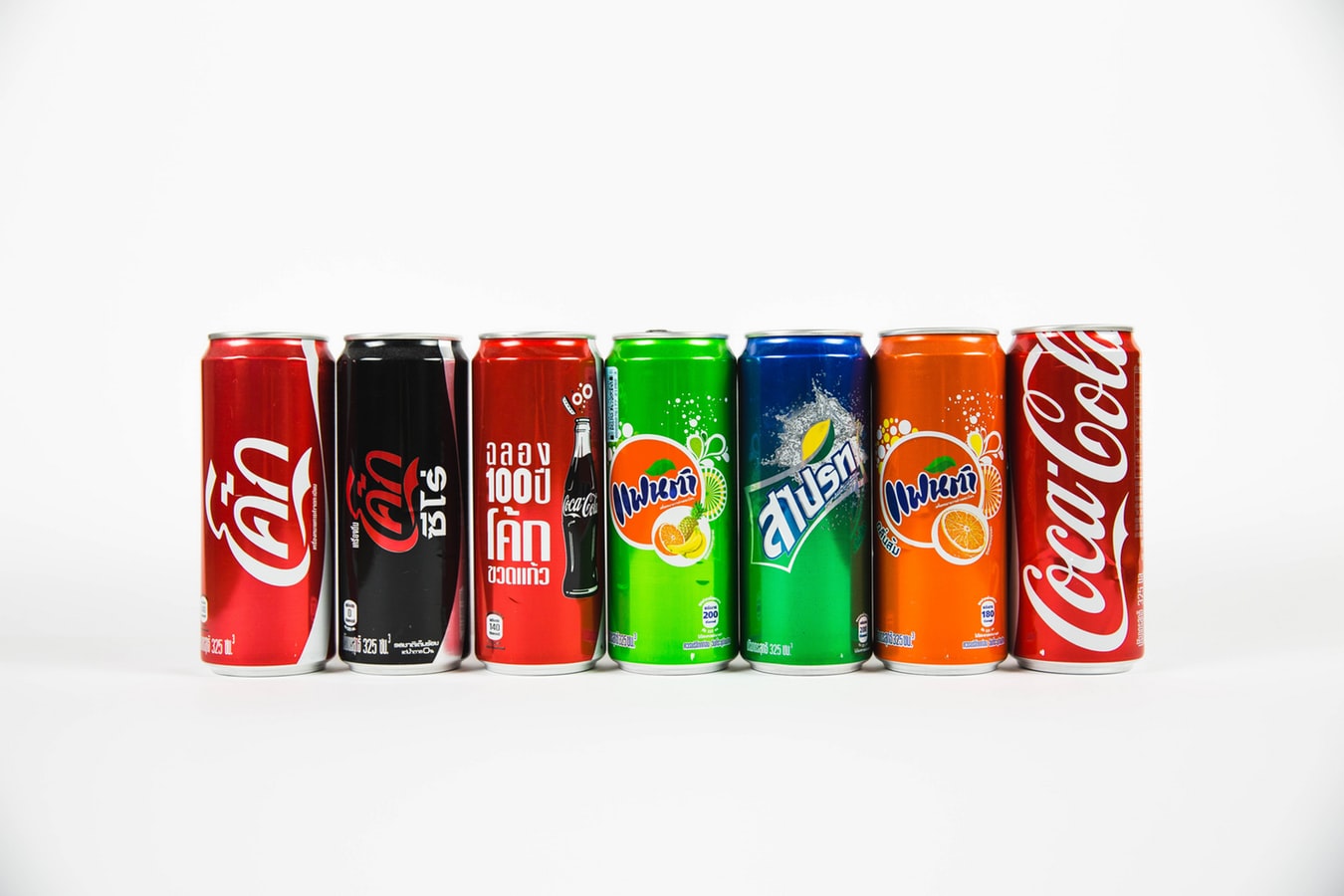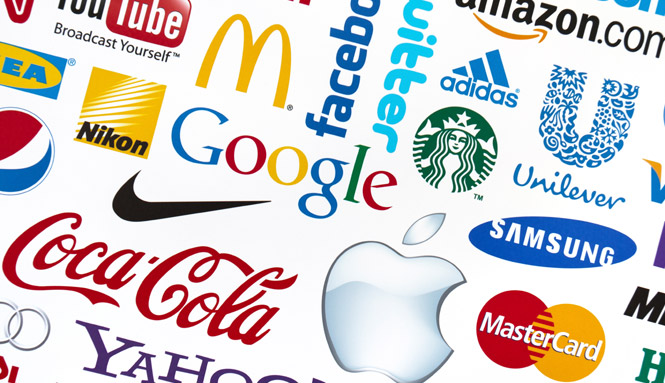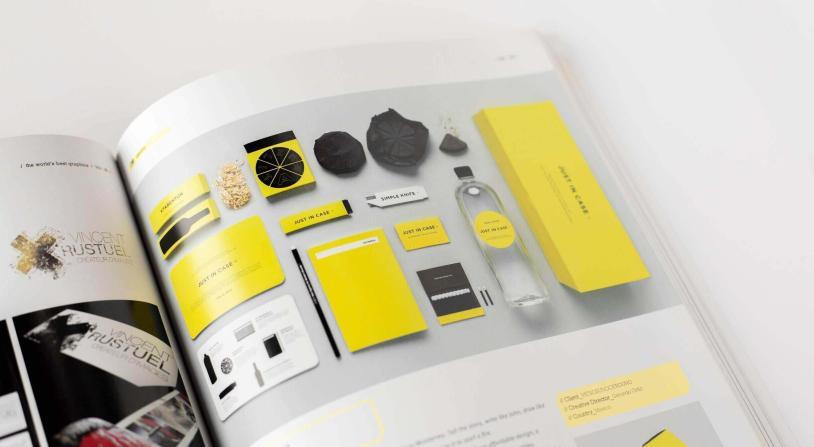While “branding” a product is all about promoting a term, symbol, or product name, public relations (PR) experts view their job as also pitching something with marketing and advertising efforts. The internationally known “Coca-Cola” brand owes part of its success to an aggressive public relations campaign that has made drinking Coke akin to apple pie, baseball, and other American “brands.” There is a view that proper branding mixed with good PR can result in both higher sales and customer loyalty for a product or service.
PR Overview
Importance of Branding
Some people think branding is an afterthought, unimportant, or largely irrelevant to the grand scheme of marketing. Those people are wrong. Demonstrably, inescapably wrong in both the substance and context of their ideas on the subject. While it is certainly true that the importance of branding can be overstated – it is, after all, not the only important metric for success in branding – the plain fact is, too many marketers don’t put enough thought, energy, effort, or resources into their brand.
This is especially true for small and medium size businesses which often feel they don’t have the time, resources, or need to build and establish a unique brand in the marketplace. That, too, is a false assumption. The fact is, effective branding can be scaled to benefit any business’ budget, no matter the size. And that matters, because branding can set any business apart from the competition, whether they are one of the few small antique stores along a quaint small town main street or a massive home improvement warehouse store with locations in multiple countries.
Branding Defines Value
Repeat this like a mantra and commit it to memory: Brands are not logos, and logos are not brands. Logos are images that communicate the meaning behind a brand. That meaning is where the reasons people buy live. The emotion, the connection, and the perceived value. That is what a brand is. It’s what a customer thinks and feels when they see a product, and why they choose that one instead of the other one next to it on the shelf. They are paying for a feeling, an experience, something meaningful to them.
Branding Communicates a Clear Message
When a customer sees a brand, what do they think and how do they feel? They may not even realize it, but those messages are working on their mind and emotions. In fact, those messages are more real in their mind than whatever the product actually does. An example: is Bounty a paper towel? Sure. It’s also the “quicker picker-upper.” It works “faster and better” in the minds of every committed Bounty customer.
Branding Elicits Emotion Connection
Successful branding campaigns should create and nurture emotional connections with customers. Because people respond much better and more consistently when they feel an emotional connection to the message. Loyalty is earned, and branding is an effective method to build that loyalty.
Branding Sets Expectations
When consumers buy into a brand proposition, they often do so because they have expectations, and those expectations have been met or exceeded by the brand. If the brand accomplishes this consistently enough, that brand will become synonymous with that delivered value. It becomes the same as the desired result in the mind of the consumer. Read that last sentence again. Think about that. How valuable is it for a brand to become the thing the consumer wants to accomplish, feel, or create? That’s the value of branding.
How to Choose a Brand Name
A brand name cannot be categorized as good if it is merely likable. It can be considered to be good if it communicates a message to an audience. A brand name that appears to be brilliant is bound to be in use already . The name chosen for the brand must be checked for availability in the relevant trademark categories.
With each passing day, there are increasingly fewer words available for brand names, and this is forcing creatives to come up with increasingly unusual solutions. This can be risky territory. There can hardly be any arguments in favor of rebranding an existing business with a strange new name, as the brand equity that has been built over many years can be lost overnight.
It is wiser to retain the existing brand name and refresh its personality in these cases. The role of a brand’s name is to communicate its core principles and messages clearly and consistently, so that each time customers come in contact with the brand they receive the same impression of what it is all about. Brand naming about long-term relationship management. Given below are steps that will help to create brand names that will work for a business.
1) Set objectives
For any brand, a name is its extension. Hence, it is important to decide what the business wants the brand name to do. One needs to think creatively about the journey the brand name has to go on.
2) Define the target customer
If a business doesn’t know who it is creating the brand for, then it will never find a compelling name. It is imperative to identify as accurately as possible the characteristics of an ideal customer for a brand’s products and services. It is important not to definitively set a brand name until it is ensured that it will appeal to the target audience and reflect brand values.
3) Create a brand archetype
The goal of creating a brand archetype is to understand with clarity what a brand will mean or represent, which is an essential prerequisite for deciding upon the best brand name to appeal to potential customers. More precisely, a brand archetype is the personification of a company along with its products and services. Priority has to be given to such considerations as how the name will create an emotional resonance with the intended customers. What values does the brand want to communicate? For instance, does it want to bring a sense of luxury to mind?. The name Dove conjures up images of purity and innocence, ideal for a toiletry brand. Brand names can be of different types. They can be the names of company founders or the service a company offers. They can be acronyms like KFC or made up words like Etsy.

Choosing the Right Brand Development Strategy
Branding is an incredibly valuable marketing tool but, without a carefully planned, data-driven, targeted brand strategy, all the time and money invested is likely to be wasted. The plain fact is every strategy stands or falls on the information used to build it. So, no matter which of the following strategies a marketer or brand manager elects, they need to keep in mind that gathering accurate market data is job one.
That important disclaimer aside, here are four distinct brand strategies that can be used in tandem or as standalone market-facing campaigns.
Brand Development for a New Brand
Introducing a new brand to the market can be the most time, labor, and creativity-intensive kind of brand strategy, but there is a time and a place where it is the best step a company can take. A new brand strategy is not about putting a new spin on an existing product. It’s about releasing and promoting something entirely new to the marketplace.
This is a resource-intensive process because even though the company is able to lean somewhat on an established brand or reputation, they still have all the work ahead of them when it comes to giving consumers a reason to pay attention to the new brand, make a buying decision, and tell their friends about it. Because of this, assuming brand loyalty will win the day is a losing assumption. Instead, operate as if the new product is an entirely new concept.
Give the market specific reasons to care and take a risk on it that have nothing to do with their loyalty to other products in the company’s line.
Product Line Extension Branding
A product line extension involves tweaking an established brand in a way that creates a distinct new offer that reflects and enhances the current brand message or placement. It’s typically within an existing product line or, at least, within a product category that is already associated with the brand.
This strategy is generally simpler than a new product launch, because the current brand that serves as a basis for the new product line already has a committed customer or fan base. These fans are more likely to buy new, similar products, because they already like and trust the current products. Think of a new flavor of chips or soda, or a new style of cross-trainer. The purpose of the new product line is to both excite the customer base and to offer a specific cohort within that base a specific new option.
This strategy begins with careful research, finding out what the existing fans would like and delivering on that while also attracting outliers or occasional customers.
Multi-Brand Branding
Some call the multi-brand strategy an offshoot or a subset of the Product Line Extension, and they’re not exactly wrong. The key difference here, is that a multi-brand strategy focuses on promoting more than one brand in the same market. Often, this strategy also involves pitting two brands, both owned by the same company, against each other.
This competition-style strategy generally works best when each product is targeted at a specific cohort within the overall market. A company might market two kinds of similar or complementary products using vastly different labeling and advertising. While they are, objectively, similar products, the market placement and supporting campaigns define them, in the market, as competitive products, each with distinct value propositions for the customer.
This strategy often allows companies to increase the number of product facings they have on a given store Plan-o-Gram, thus limiting the amount of shelf space available to the competition. If a competitor loses or cannot attain market share, the investment in the multi-brand strategy offers additional benefits beyond increased sales.
Brand Extension
This branding strategy is all about increasing the market’s understanding of an existing brand. That could mean advertising and branding campaigns that deliver mission or vision statements, or it could mean offering additional products or services using an existing brand identity.
The key here, again, is knowing the market and properly anticipating the market’s appetite for new or additional products under a familiar brand. Just because a customer wants something, doesn’t mean they want it from a company that, in their mind, does something else or serves another purpose. They need a reason to believe a brand that makes one thing can do another just as well.
An example of this is Dunkin Donuts. Once known exclusively for pastries and basic coffee, the brand slowly rolled out additional breakfast items. When those products were established, the brand shifted into the specialty coffee market, going head to head with big names like Starbucks. The gambit worked so well, Dunkin recently announced it would be dropping the “Donuts” from its branding entirely.

Four Key Elements of Brand Strategy
Branding is about a lot more than presentation. Despite this, far too many people still hear “brand” and think “logo.” That’s not it. The Nike brand isn’t the Swoosh, and the McDonald’s brand isn’t the Golden arches. The brand is what those images represent to the customers. How do they feel when they see them, and what will any products associated with those images deliver? Answering these questions helps build the foundation for any successful branding strategy.
Once the foundation is built, how should the branding strategy be constructed? There are several different paths to take, and understanding these decisions will help determine which is the best brand strategy for the campaign in question.
How Should the Brand Be Positioned?
When answering this question, message clarity is vital. Customers, especially those for whom the brand is new, must understand what the brand offers to them in a way that is connective and compelling. This begins with how the brand is positioned in the marketplace. What problem will it solve or what benefit will it deliver? When, and for whom?
Another important aspect of brand positioning involves not attributes, but values. What does the brand mean in the marketplace, and what would supporting the brand mean to the world, or to a cause that the customer cares about?
What Should the Brand Be Called?
What’s in a name? Quite a lot, actually. Names should be appealing and, while they don’t have to directly communicate function, they should communicate specific value. Whatever else the customer comes to associate with the brand, there will always be some kind of reaction to the name. Will it be positive? Negative? Indifferent? What specific values will be connected?
What kinds of names are already on the market? What do they represent? What sort of name will consumers be drawn to, and which names will put them off? This, again, requires careful market research. Given this, there are a few guidelines. Names should be evocative and easy to remember. A good name will also communicate something specific about the values and benefits of the brand, and it’s a good idea to come up with a name that can be built on when the time comes for line or brand extensions.
Bonus tip about names: For companies that operate in multiple countries, make sure the name translates easily and does not conjure any undesirable ideas in the native language of the consumers in those markets.
Who Should the Brand Represent?
At first glance, this question appears redundant. After all, the brand should represent the company, right? Well, not always. Some companies open new or expanded income streams by licensing or private labeling brands. So, while a brand representing the manufacturer may be common, there’s plenty of money to be made and market share to be had in the private label or licensed brand market.
This process can work the other way as well. Marketers may wish to enter a space, but they don’t have the resources or infrastructure to manufacture or distribute on their own. So, they can reach out to the manufacturer and license a product to brand as their own.
How Will the Brand Be Developed?
Brands are seldom relegated to a single product or even a single product line. There will be expansion, but what will that expansion look like? Smart brand managers and marketers understand that it’s never too early to begin thinking about a strategy for brand development.
Ideally, this strategy will include some or all of the following four components: New products, multi-brands, line extension, and brand extension.
New products are exactly that, entirely new saleable goods or services that are marketed under the same brand as the original product line. A chip company might make dip or salsa. A sports apparel line might get into equipment or exercise programs. Multi-branding is when a company produces and/or markets many different products in the same product category, such as, for example, a company distributing different styles or kinds of soap, paper towels, or soft drinks under different brand names.
Line extension is all about feature additions within an established brand: new sizes, colors, flavors, or varieties, such as “snack size” candy bars or bags of chips; while a brand extension describes when an established brand “extends” into a new product category. Planters, for example, while known for nuts, also has a successful line of puffed cheese and other salty snacks.
Answering each of these four questions will explore vital steps in developing an effective brand strategy.

Branding and Public Relations
Another aspect of branding and PR is linked to developing a customer’s interest in product advertising. This goal drives both the act of promoting a “brand” with such things as a public relations “press release.” The art of both of these methods is linked to the overall business view of doing everything possible to sell something.
At the same time, the professionals engaged in both PR and branding use various methods to also attract media interest in a product or service to develop positive expectations in the mind of the public. In turn, this method and skill of creating and maintaining brand loyalty with PR methods is “a perfect marketing storm,” states a longtime public relations expert commenting online. The expert went on to explain how careful PR management seeks to support a brand’s identity in the hearts and minds of consumers.
Because brand awareness is all about a consumer’s interest in recognizing a product thanks to good PR, many companies have a staff composed of both public relations and branding professionals who work in concert to promote a client’s business or other offering. In turn, a good product PR campaign is all about top-of-mind awareness, or brand awareness, say experts. For instance, when a customer is asked to identify a product, the success of a good PR campaign is largely judged on a brand’s familiarity.
Top Recent PR Campaigns
Some of the most memorable PR campaigns are those that tap into a cultural moment or a consumer emotion and launch a program initiative or product that captures interest. Here are some of our recent favorites:
Airbnb for Ukraine
While the eyes of the world were on the Russian invasion of Ukraine, in just four days Airbnb acted, announcing free, short-term housing for up to 100,000 refugees fleeing Ukraine. In addition to the generosity of hosts, the company partnered with international and regional nonprofits and governments to secure housing and coordinated efforts to offer shelter. After their initial announcement, consumers took notice, and thanks to user-generated content spreading the word, more than 28,000 users signed up to offer housing with thousands being able to take advantage of the shelters by March.
LEGO Learn Through Play
LEGO took a playful approach to help kids understand and reduce anxiety around receiving MRIs. The company designed a miniature MRI teaching tool to help familiarize young children with the large and noisy machines and walk them through the procedure process and announced they would be donating 600 LEGO MRI scanner kits to hospitals around the globe.
Penguin Random House Unburnable Books
Publisher Penguin Random House and author Margaret Atwood tackled book bans with an “unburnable” edition of Atwood’s famous novel, “The Handmaids Tale”. In a video to be shared on YouTube, Atwood attempts to set the special edition book on fire, literally, with a flame thrower. Having been printed and bound using fireproof materials, the book does not catch fire and stands as a powerful symbol against attempted book bans across the United States. The special edition book was then put up for auction with proceeds going to Pen America to work in support of free expression.
The Use of Storytelling to Build Strong Brand Identity
In an increasingly crowded and competitive market, building a strong brand identity is essential...
Brand Positioning in a Competitive Food and Beverage Market
Brand positioning is increasingly important in the competitive food and beverage market. It's not...
The Role of Inclusive Branding in Multicultural Marketing
In today's diverse and multicultural society, brands have a responsibility to embrace inclusive...



